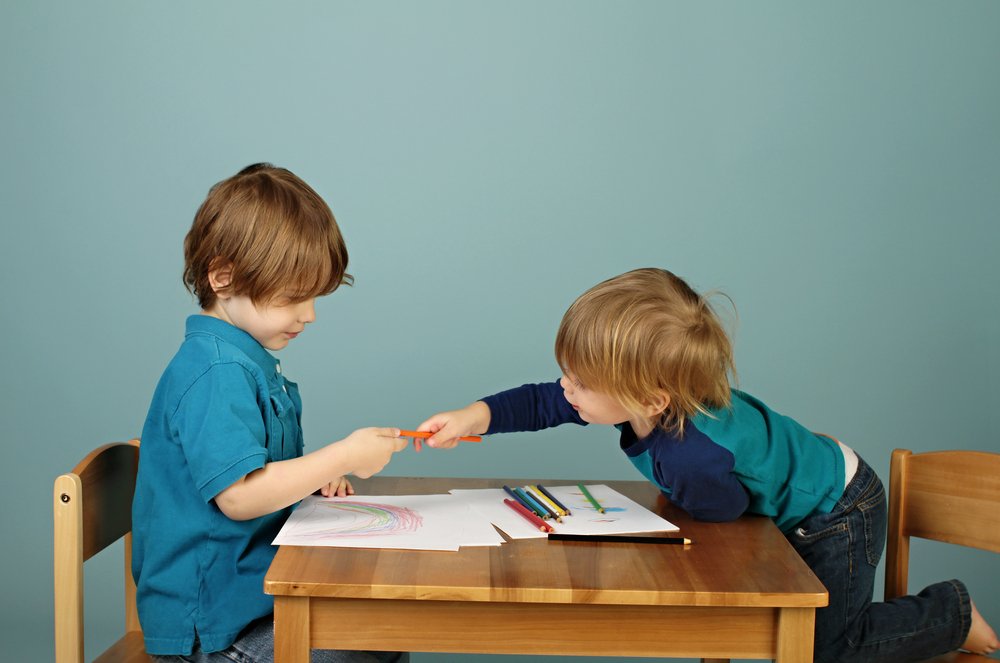Key points:
- Understanding ownership is a crucial developmental milestone at around 29 months.
- Ownership is an abstract concept, vital for social and emotional growth.
- Children make ownership judgments based on verbal testimony, stereotypes, decision-makers, and transfers.
- Understanding ownership encourages appropriate social behavior and facilitates sharing.
At around 29 months, your little one will reach a very interesting milestone: understanding that some things are theirs and some are not. This will help them greatly on their social and emotional development, allowing them to interact and understand more about our social world. It also requires many cognitive and reasoning skills, as they’ll begin to grasp the concept of ownership.
It is astonishing how kids can make all of these judgements at such an early age! Ownership is not something they can see, it is an abstract concept defined by social and normative cues. So, does your little one actually understand ownership? Or are they just getting mad about a toy being taken from them?
Around the time your child turns two, you may notice that struggles over toys become more frequent. Even since about 18 months, attempts to take toys or to remain in possession of them are common. However, what some studies have found is that at this age, when the original “owner” of the toy tries to take it back, the toy taker protests just as strongly. This starts to change after turning two: children will protest much more when a toy is taken and they first had it, than if they weren’t the ones in possession of the toy in the first place. Plus they’ll start to identify the owners of certain objects, for example “daddy’s glasses”.
How do children understand the concept of ownership?
You might be surprised at the level of reasoning children need to assign ownership of an object to someone! They make various judgments, including if something is owned or not, who owns what, why, and what rights do they have over owned objects. Children use different types of knowledge to decide about all of these things. For example:
- Verbal testimony: At around 2 years, children may assign ownership of something to the person who claims it verbally. For example, if you say “This hat is mine”.
- Gender and age stereotype: At around 3 years, children will probably make other ownership judgements based on what they have perceived to be generally owned by children or adults. For example, they will most likely say that a computer belongs to an adult, while a doll belongs to a child.
- Decision maker: A little later on, at around 3-4 years, children will reason that an object belongs to the person who decides whether others can use it. Given that, they understand there is an ownership right.
- First ownership: In preschool, most children’s reasoning is that a person has ownership of something because they had it first, or because it’s the first person they know that had possession of the object. For example, if you ask a 4 or 5-year-old why their friend owns a pebble, they’ll probably explain that it’s because they found it; or if they see a child playing with a ball and then another child playing with the same ball, they’ll assume that the ball belongs to the first child, because they had it first.
- Transfers: Another way to own something is by making a transaction (the object is transferred from one person to another). At around 3 years, children understand that ownership is transferred when something is given as a gift (only if the gift-giving context is really evident). Later on, at around 4 years old, they’ll even understand the difference between legitimate and illegitimate transfer, meaning that they’ll understand that you can own something if it’s given as a gift, but not if you steal it. Then, between 4 and 5 years old, children begin to understand the concept of purchasing something, and how this gives the person ownership.
So, why is this milestone important or helpful for your little one?
Well, understanding ownership and what is theirs and what is not, is a big part of their social and emotional development and allows them to have a more socially appropriate behavior. Also, ownership is a big part of preference for children and how memorable an object is for them. Your child might remember or prefer a certain toy car because it’s theirs, than any other toy car found at preschool or another kid’s house.
Plus, understanding that they own something, can actually help children be more willing to share! If a kid is not aware that they own something, thus they don’t know that they have the right to offer it to someone else. Also, understanding that possession is not the same as ownership can make sharing easier, because children know that if they physically transfer the object temporarily to another child, they can preserve its ownership. Maybe the next time your little one says “It’s mine”, ask them why and see what explanation they come up with!








